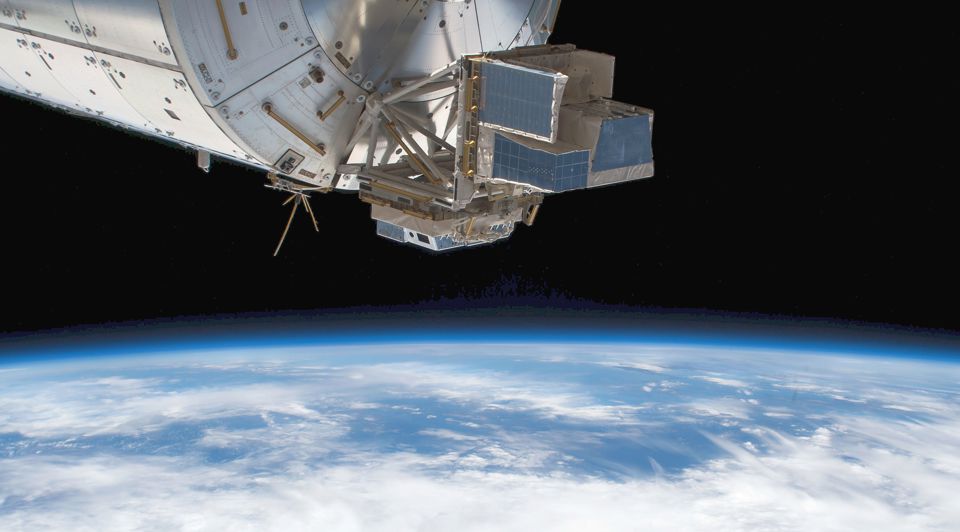2019-03-29
NEW SOFTWARE UPLOADED TO ASIM TO FURTHER ENHANCE PERFORMANCE
Although the Danish led ESA project ASIM was installed on ISS a year ago, Terma is still able to update the software on the two main instruments.

On Tuesday, 2 April, it is exactly one year ago that the ASIM observatory was launched for the International Space Station (ISS) from Kennedy Space Centre, Florida.
Although the Danish led ESA project ASIM was installed nearly a year ago on (ISS) and is orbiting the Earth at a speed of 27,600 km/h, Terma is still able to update the software on the two main instruments MMIA and MXGS on the ASIM observatory.
ASIM – Atmosphere-Space Interactions Monitor – is a European developed observatory, which monitors powerful upwards lightning events and other atmospheric phenomena from the ISS.
The science team, led by DTU Space, has provided a catalog of suggested performance improvements that will make the instruments more sensitive to gamma flashes and giant lightning. It will also increase the timing accuracy between the two instruments to better than 10 million of a second. The possibility for accurate correlation with Earth-based lightning observations will also be improved significantly.
Terma has been in the control room at “B.USOC” in Belgium which operates ASIM and collects all data, before transmitted to the ASIM Science Data Center at DTU in Lyngby, Denmark.
The new software was uploaded Monday, 25 March. Terma and B.USOC have performed a number of tests to demonstrate the new improved functionality to ESA and the scientists at DTU as well as universities in Bergen and Valencia.

System Engineer and Technical Manager of ASIM, Dan D. V. Bhanderi: "The upgrade of the instruments has been conducted exactly as planned, and all tests have been executed successfully. The science team is now testing the new parameters and analyzing the improved data – and they are excited!"
Terma has prepared the software code update for approx. six months followed by thorough testing. The ground model situated in the control room in Brussels contains the same electronics, sensors, and software as the flight model in space and is therefore used to test the software and procedures. In this way, everything can be tested and prepared prior to the activities on the flight model in space.
"ASIM has been under development for 12 years, and everyone from all over Europe who has been involved in the project has dedicated a large part of their lives for ASIM to become successful. Thus, it is a pleasure to cooperate closely with the science community to further improve the ASIM performance."
Ole Hartnack
ASIM Project Manager
During the second week of April, Chief Scientist Torsten Neubert from DTU Space will present the first scientific results from the ASIM mission on behalf of the science team. The results will be presented at the European Geosciences Union Conference in Vienna. More than 15,000 people are expected to attend the conference. There will be a session dedicated to lightning and giant lightning where eight ASIM presentation have been selected.
See also recently published paper on the ASIM mission in Space Science Review by Springer: https://link.springer.com/article/10.1007/s11214-019-0592-z
On Tuesday, 2 April at 9:30 pm, the Danish TV station DK4 broadcasts the film “The Search for the Magic Lightning”. It will be repeated on 9 April at 5 pm and will be broadcasted 10 times during the next 12 months. The film was initiated by DTU Space with funding from Thomas B. Thrige’s Foundation.

Who we are
Terma in Brief
The Denmark based high-tech Terma Group develops products and systems for defense and non-defense security applications; including command and control systems, radar systems, self-protection systems for aircraft, space technology, and aerostructures for the aircraft industry.
Learn more about us



